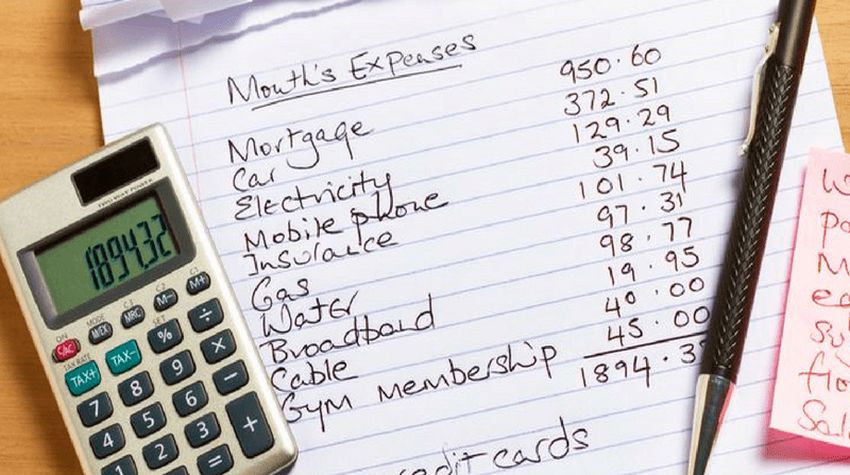
You’re ready to start a budget — awesome! You’re probably feeling excited and ready to get your money in order. But here’s the thing: It’s super easy to give up on budgets. They can get complicated and require some maintenance. So before creating your budget, take these simple steps to set yourself up for success:
1. Track Your Spending
Sometimes it feels like each paycheck disappears into thin air. The money lands in your account, you revel in your balance for one day, then you pay your monthly bills and it’s gone!
That’s why it’s so important to track your spending. Before you even start a budget, you’ll want to get a clear idea of where all your money is going each month. There are plenty of ways to do this: good old-fashioned check book balancing, pen and paper or checking your accounts each day. Get yourself used to keeping tabs on your spending by using an app like Mint.com. This will help you better understand what your fixed expenses are each month and where you might be overspending.
2. Set Yourself a Few Fun Goals
Because budgeting can quickly become a dreaded chore, you’ll want to set yourself a few goals to keep you encouraged. No, these don’t all have to be boring financial goals, like paying off student loans or starting an emergency savings. Although those are great, work at a fun goal, like a road trip or cruise. Then, hold yourself accountable by setting up a separate savings accounts and have money automatically come out of your chequing account. You probably won’t even miss that small amount each week, but over time, it will contribute to your goal.
3. Bundle Your Debt Into One Bill
One of the trickiest parts about budgeting is keeping tabs on all your monthly payments, especially if you have debt. Rather than making four different credit card payments each month and logging them in your budget, make life easier for yourself by combining them under one umbrella. It will be much easier to budget with one, easy-to-manage monthly payment.
4. Find Easy Ways to Cut Back Big Bills
Building a budget will force you to take a good hard look at your monthly expenses. Ask yourself: Am I paying too much for any of these non-negotiables? The answer: Probably. Start with a bill that’s super easy to cut — car insurance. Yeah, there’s no getting around it, unfortunately. But to get the best deal, you’ll want to compare rates twice a year. Sometimes you get complacent paying your bills, but there’s usually ways to save or haggle for a lower price. Cable/internet is another good example, if you call, chances are there’s some kind of promo they can offer.
5. Pick Your Go-To Budgeting Method
Yes, there are budgeting methods — plural — but before you panic, we recommend using the 50/20/30 budgeting method for its simplicity.
Here’s how it works:
- 50% of your income goes toward essentials
- 20% goes toward financial goals
- 30% goes toward personal spending
Of course, you’ll want to play around with this, but keeping these base-line percentages in mind will help you figure out how to allot your money for the month.









